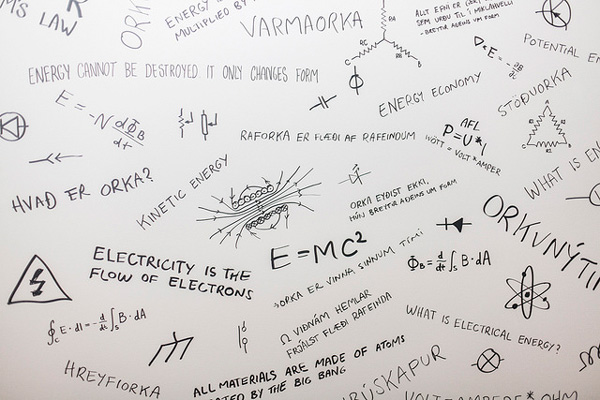Get to grips with electricity and electrical theory with this brief introduction of the basic princples.
At its simplest, electricity can be described as a form of energy brought about by charged particles either statically, or through charge or current.
Essential to understanding where electricity comes from and what it is, you first need to gain a simple understanding of atomic theory.
All matter is formed of atoms, which can be arranged together as molecules. An atom isn’t a solid – it is made up of three main parts: protons, neutrons and electrons.
At the centre of an atom is the nucleus, this is where you will find the protons and neutrons. Protons are positively charged and neutrons (as the name suggests) have no electrical charge. Electrons are negatively charged and they circle around the nucleus.
The negatively charged electron is held in place by the positive charge of the proton. This is because unlike poles (or opposites) attract and like poles repel.
An atom is neutral if the number of electrons in it is equal to the number of protons. Each chemical element has a set number of protons and electrons.
Electrons fill up valence shells around the nucleus. The shells are energy levels and can hold a given number of electrons – the first shell holds 2, the second 8, the third 18 etc. If the outer shell of an atom if filled with the correct amount of electrons then the atom is inert or unreactive. The electrons in the outer shell are known as valence electrons.
What is covalent bonding?
Non-metal atoms can combine together by sharing electrons. These shared electrons hold the two atoms together to form molecules – for example in water where hydrogen and oxygen atoms share electrons. This is known as covalent bonding. Covalent compounds don’t have any free electrons and no ions and therefore don’t conduct electricity.
What do valence electrons do?
Because they are in the outermost shell, valence electrons are far away from the nucleus of an atom, and the link between the two is weak. Taking copper as an example (see diagram), the electron can gain energy, break free and move about inside the structure of the material, where it can combine with another atom. An atom that loses an electron becomes positively charged (this is a positive ion). This will attract a free electron. Within a piece of copper there are millions of atoms with many free electrons moving about. At any time the number of protons is equal to the number of electrons (fixed and free) and the material has no charge.
What is current flow?
Normally, the direction and movement of free electrons in an atom is random. However, in our case of the copper, if a piece of copper is connected to an external electrical supply the moment of electrons becomes ordered. This orderly movement of electrons is current flow.
Electrons move in the opposite direction to conventional current flow, so current flows from positive to negative, while the electrons inside the atoms flow from negative to positive.
What is a Coulomb?
A coulomb is the unit of electric charge. The symbol for electric charge is Q. One coulomb is 6.24 x 1018 electrons, or 6.2 million million million electrons.
A current of one ampere will flow if 6,240000,000000,000000 electrons can be moved by a point in a circuit in one second. The sheer numbers involved in this makes it difficult to cope with, so the coulomb is used instead.
One ampere = One coulomb/ One second
What is an ampere?
The ampere is the unit of electric current. The symbol for electric current is I.
When calculating electric current or charge, the unit of time used is the second. The symbol for this in formula is t.
So: I = Q/t Amperes
For example, if one coulomb of electricity flows in a circuit for two seconds:
I = Q/2 so 1/2 = 0.5A
What is electro-motive force?
Electrons are moved around a circuit by the force of an external power supply. This force is known as the electro-motive force.
The symbol for electro-motive force is EMF.
EMF is measured in Volts.
What is resistance?
The positive charge of the protons in the nucleus of an atom pulls the electrons. The EMF has to overcome this opposition, which is known as resistance.
The symbol for resistance is R.
It is measured in Ohms (Ω)



